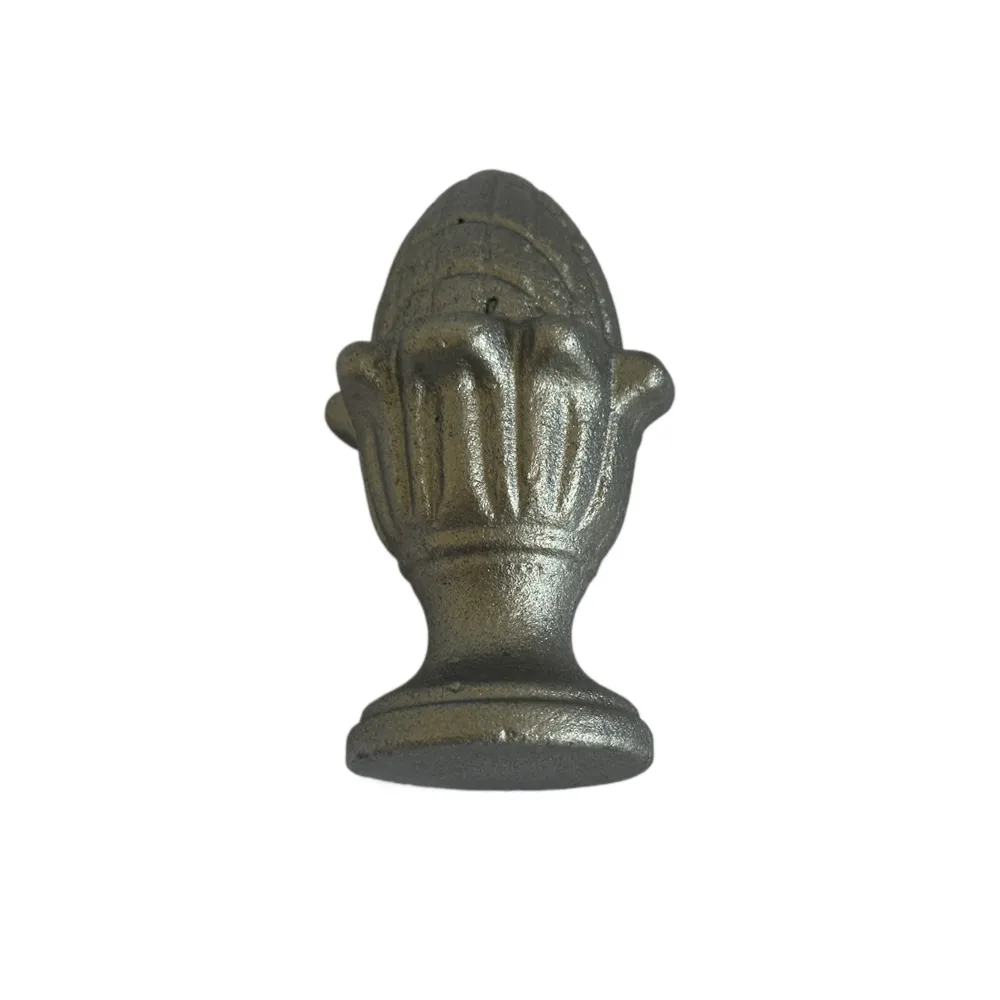cast iron collar and bushings
Cast Iron Collar and Bushings An Overview
In the realm of engineering and manufacturing, cast iron components play a crucial role due to their durability, strength, and versatility. Among these components, cast iron collars and bushings are essential elements utilized in various industries, including automotive, machinery, and construction. This article delves into the characteristics, applications, and advantages of cast iron collars and bushings, providing a comprehensive understanding of their significance.
What are Cast Iron Collars and Bushings?
Cast iron collars are ring-shaped components designed to fit around the shafts or tubes in machinery. They serve as stabilizing elements, helping to secure and align parts within an assembly. Bushings, on the other hand, are cylindrical linings placed within a hole to provide a bearing surface for rotating or sliding shafts. These components are often made from different alloys of cast iron, including gray iron and ductile iron, which offer varying mechanical properties suited for specific applications.
Characteristics of Cast Iron Collars and Bushings
One of the primary reasons cast iron collars and bushings are favored in many applications is their excellent wear resistance. The structure of cast iron inherently provides a high level of toughness and compressive strength, making it ideal for high-load environments. In addition, cast iron has good damping properties, which helps reduce vibration and noise in mechanical systems.
Cast iron collars and bushings are also relatively easy to machine compared to other materials, which allows manufacturers to produce parts with precise dimensions and finishes. The ability to cast complex shapes enables the creation of custom designs tailored to specific needs, enhancing the versatility of these components.
Applications of Cast Iron Collars and Bushings
cast iron collar and bushings

The applications of cast iron collars and bushings are numerous and varied. In the automotive industry, they are often used in drive shafts and suspension systems, where they stabilize moving parts and reduce wear. In machinery, collars and bushings play a vital role in rotating systems, such as conveyor belts and gears, by providing essential support and alignment.
In construction, cast iron collars are employed in scaffolding and scaffolding systems to hold various components securely together. They can also be found in heavy machinery, such as excavators and bulldozers, where their strength and durability are critical for performance and safety.
Advantages of Cast Iron Collars and Bushings
The use of cast iron collars and bushings comes with several advantages. First and foremost, their durability means they can withstand significant load and stress, reducing the need for frequent replacements. This longevity translates to lower maintenance costs and increased operational efficiency, making them a cost-effective solution for many manufacturers.
Furthermore, the ability of cast iron to resist wear and impact means that systems utilizing these components can operate smoothly and reliably over time. This reliability is particularly important in industries where equipment failure can lead to significant downtime and financial loss.
Another advantage is their ability to be easily incorporated into existing systems. Since cast iron collars and bushings can be custom-designed, they can be manufactured to fit the exact specifications required for specific applications, allowing for seamless integration into both old and new machinery.
Conclusion
In summary, cast iron collars and bushings are vital components in various industrial sectors, offering excellent wear resistance, strength, and versatility. Their characteristics make them ideal for use in high-load environments, while their longevity and reliability contribute to lower operational costs. As industries continue to evolve, the role of cast iron components like collars and bushings will undoubtedly remain essential in ensuring efficient and effective machinery performance.
-
Wrought Iron Components: Timeless Elegance and Structural StrengthNewsJul.28,2025
-
Window Hardware Essentials: Rollers, Handles, and Locking SolutionsNewsJul.28,2025
-
Small Agricultural Processing Machines: Corn Threshers, Cassava Chippers, Grain Peelers & Chaff CuttersNewsJul.28,2025
-
Sliding Rollers: Smooth, Silent, and Built to LastNewsJul.28,2025
-
Cast Iron Stoves: Timeless Heating with Modern EfficiencyNewsJul.28,2025
-
Cast Iron Pipe and Fitting: Durable, Fire-Resistant Solutions for Plumbing and DrainageNewsJul.28,2025
-
 Wrought Iron Components: Timeless Elegance and Structural StrengthJul-28-2025Wrought Iron Components: Timeless Elegance and Structural Strength
Wrought Iron Components: Timeless Elegance and Structural StrengthJul-28-2025Wrought Iron Components: Timeless Elegance and Structural Strength -
 Window Hardware Essentials: Rollers, Handles, and Locking SolutionsJul-28-2025Window Hardware Essentials: Rollers, Handles, and Locking Solutions
Window Hardware Essentials: Rollers, Handles, and Locking SolutionsJul-28-2025Window Hardware Essentials: Rollers, Handles, and Locking Solutions -
 Small Agricultural Processing Machines: Corn Threshers, Cassava Chippers, Grain Peelers & Chaff CuttersJul-28-2025Small Agricultural Processing Machines: Corn Threshers, Cassava Chippers, Grain Peelers & Chaff Cutters
Small Agricultural Processing Machines: Corn Threshers, Cassava Chippers, Grain Peelers & Chaff CuttersJul-28-2025Small Agricultural Processing Machines: Corn Threshers, Cassava Chippers, Grain Peelers & Chaff Cutters












